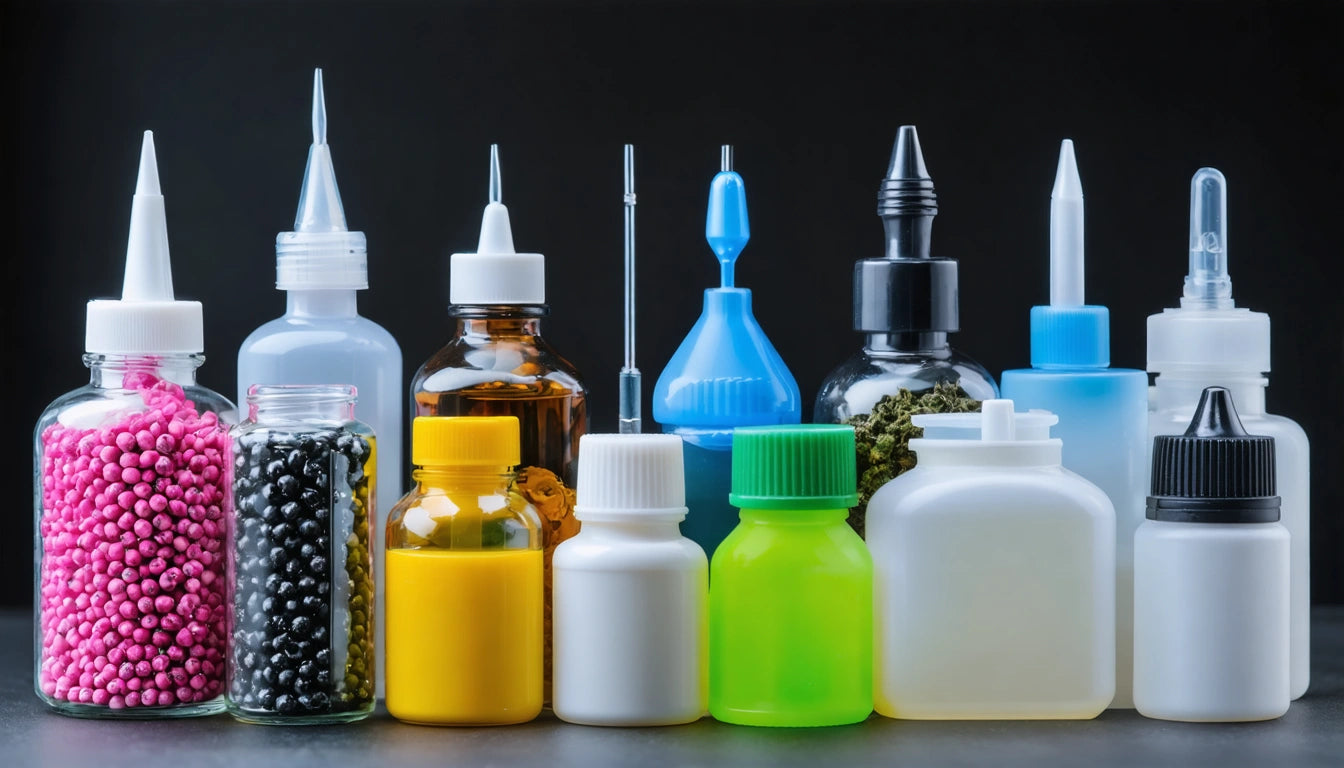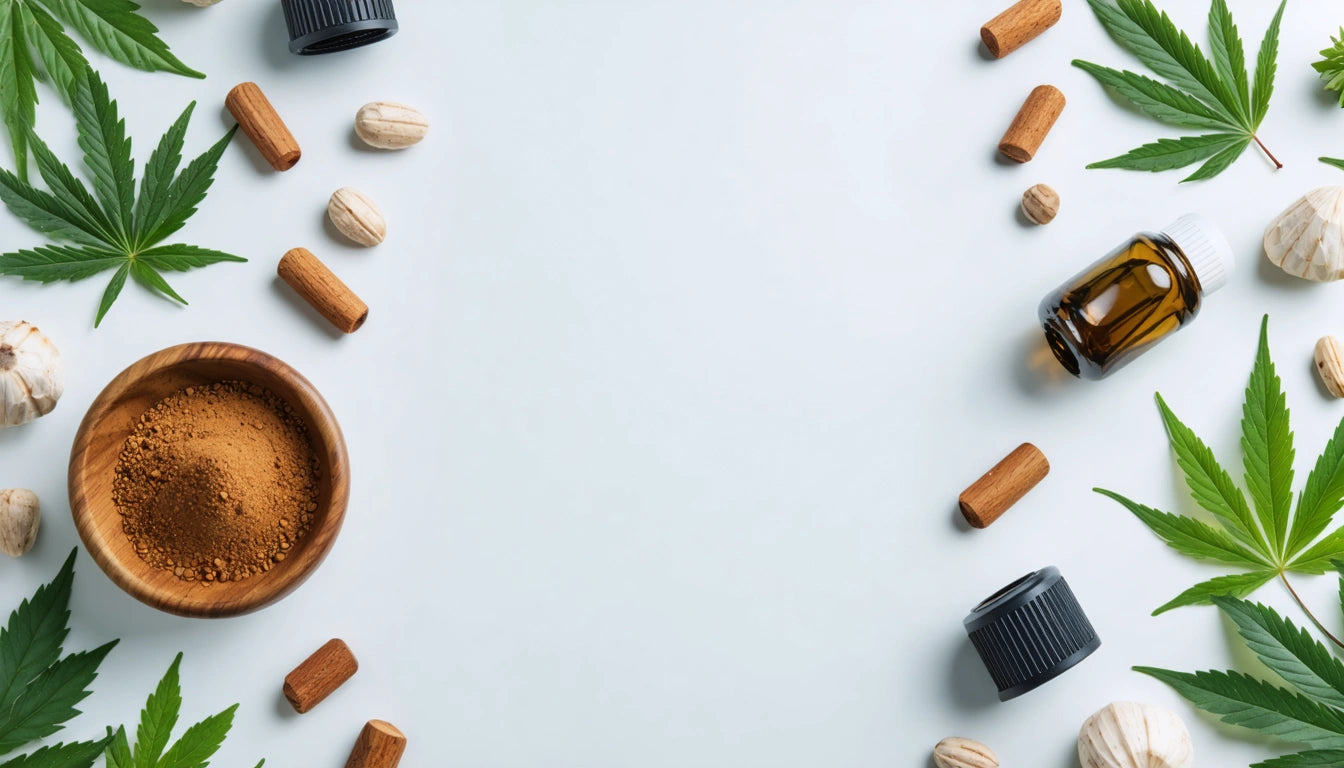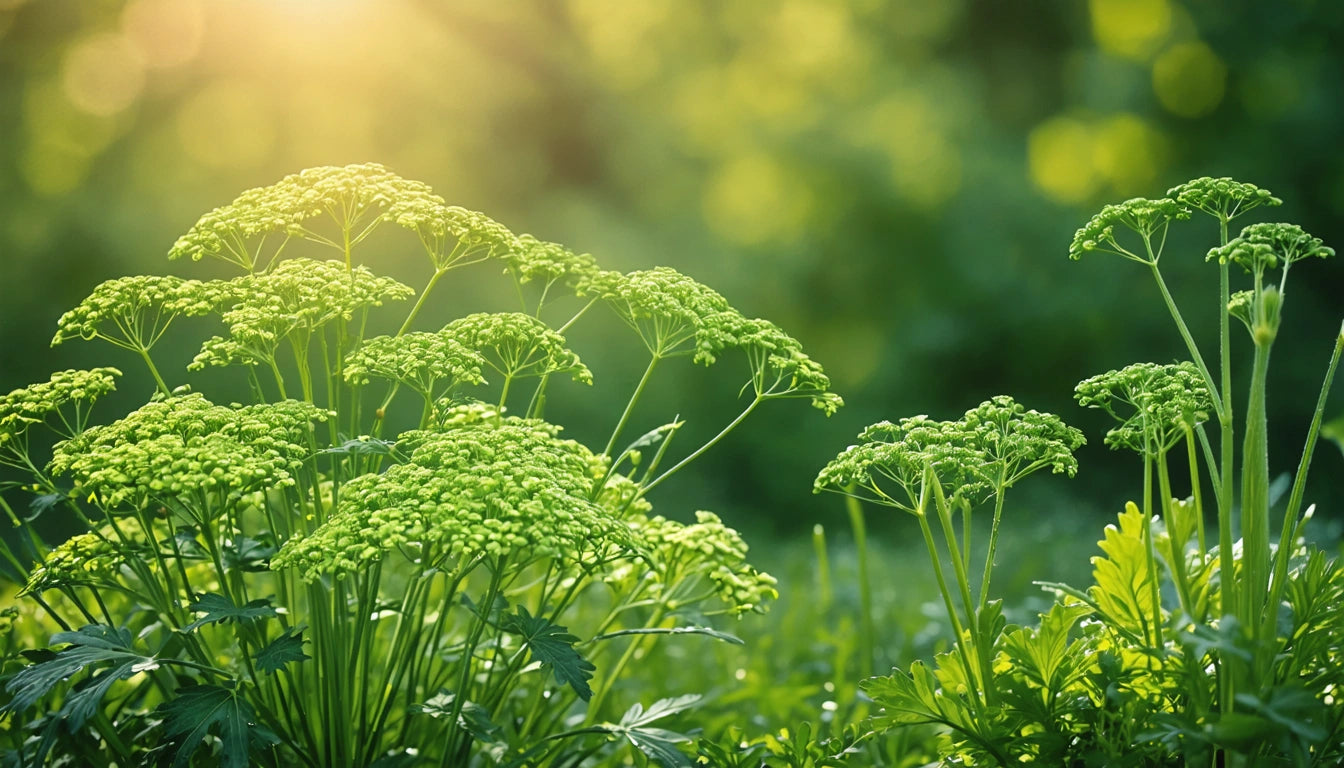Table of Contents
Cannabis concentrates require specialized packaging solutions that preserve potency, prevent contamination, and comply with regulatory standards. The material choice for concentrate containers significantly impacts product quality, shelf life, and consumer experience. This guide explores the advantages and limitations of glass, silicone, and plastic containers to help producers make informed packaging decisions.
Understanding Concentrate Packaging Needs
Concentrate packaging must address several critical factors: terpene preservation, protection from light degradation, prevention of oxidation, and resistance to temperature fluctuations. According to research on temperature and light exposure, proper packaging can extend shelf life by up to 40% by protecting against these environmental factors.
Additionally, concentrate containers must be:
- Child-resistant to meet regulatory requirements
- Airtight to preserve volatile compounds
- Non-reactive with the product
- Sized appropriately for the product viscosity and form
- Compatible with compliance labeling requirements
Glass Containers: Premium Preservation
Advantages of Glass
Glass offers superior preservation qualities for concentrates. It's completely non-porous, preventing oxygen penetration and maintaining product integrity. Glass is also inert, meaning it won't leach chemicals or react with terpenes or cannabinoids in the concentrate.
Premium brands often choose glass containers for solventless extracts like hash rosin, where preserving the full terpene profile is essential to justify premium pricing.
Limitations of Glass
Despite its preservation benefits, glass has drawbacks including:
- Higher cost compared to other materials
- Greater weight, increasing shipping costs
- Breakage risk during transportation
- Limited options for child-resistant mechanisms
For brands prioritizing sustainability, glass offers recyclability advantages but requires careful consideration of transportation emissions due to its weight.
Silicone Containers: Flexibility and Function
Advantages of Silicone
Silicone containers have gained popularity for their practical benefits:
- Non-stick surface makes product retrieval easy
- Flexibility prevents product waste
- Durability with drop resistance
- Lower cost than glass options
- Available in various colors for brand differentiation
For sticky concentrates like wax or budder, silicone's non-stick properties make it particularly valuable. Preventing leaks and stickiness is easier with silicone containers.
Limitations of Silicone
Silicone isn't ideal for all concentrate types. Research indicates that terpenes can degrade silicone over time, potentially causing:
- Terpene absorption into the container material
- Potential leaching of silicone compounds
- Reduced shelf stability for long-term storage
- Less premium perception among consumers
Medical patients and connoisseurs often prefer to avoid silicone for long-term storage of high-terpene extracts.
Plastic Containers: Versatility and Compliance
Advantages of Plastic
Plastic containers offer practical benefits for concentrate packaging:
- Cost-effectiveness for high-volume production
- Lightweight for reduced shipping costs
- Versatile child-resistant options
- Customizable shapes and sizes
- Impact resistance during transportation
For compliance-focused brands, plastic often provides the most straightforward path to meeting regulatory standards for concentrate packaging.
Limitations of Plastic
Despite its benefits, plastic has several drawbacks:
- Potential for chemical leaching with certain plastics
- Less effective oxygen barrier than glass
- Environmental concerns with single-use applications
- Lower perceived value among premium consumers
Brands must carefully select food-grade, concentrate-compatible plastics to avoid quality issues. Many are now exploring eco-friendly alternatives to address sustainability concerns.
Material Comparison for Different Concentrate Types
The optimal container material varies based on concentrate type:
- Shatter and Brittle Concentrates: Glass provides stability and prevents sticking
- Wax, Budder, and Crumble: Silicone offers easy retrieval and prevents product waste
- Live Resin and Sauce: Glass preserves volatile terpenes and prevents degradation
- Distillate and Oils: Glass syringes or plastic applicators depending on viscosity
For multi-gram products, different considerations apply. Packaging for larger quantities often requires specialized solutions that balance preservation with practical dispensing.
When designing custom packaging solutions, many producers look beyond standard options. Some brands even explore complementary products like custom pre-roll cones with concentrate infusions that require specialized packaging considerations for the combined product formats.
Packaging Innovations and Industry Trends
The concentrate packaging market continues to evolve with several notable trends:
- Hybrid materials combining glass and silicone components
- Biodegradable plastics addressing sustainability concerns
- UV-protective coatings for enhanced preservation
- Smart packaging with QR codes linking to test results
- Portion-controlled applicators for precise dosing
Consumer preferences are increasingly driving packaging decisions. Recent survey insights show that 64% of concentrate consumers consider packaging materials when making purchasing decisions, with glass generally preferred for premium products.
As the concentrate market matures, packaging solutions will continue to advance, balancing preservation needs with regulatory compliance, sustainability goals, and brand differentiation. The ideal material choice ultimately depends on specific product requirements, target consumers, and brand positioning strategy.











Leave a comment
All comments are moderated before being published.
This site is protected by hCaptcha and the hCaptcha Privacy Policy and Terms of Service apply.